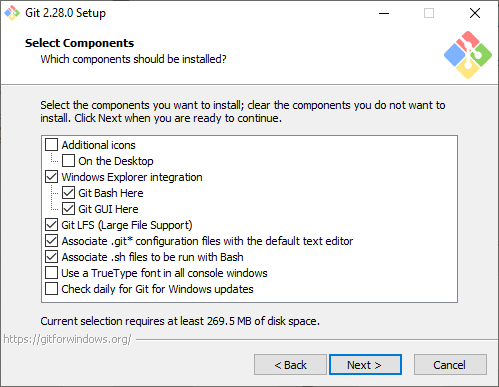

If you looking to have a most recent version of Git, consider compiling from source using following instructions. Important: Installing Git from default repositories will give you older version. Next, install Git by typing the following command: # yum install gitĪfter git successfully installed, you can issue the following command to display the version of Git installed: # git -version We shall install Git from the system default repositories, and make sure that your system is up-to-date with the latest version of packages by running the YUM package manager update command below: # yum update

In this how-to guide, we shall move through the necessary steps of installing Git on CentOS/RHEL 7/6 and Fedora 20-24 Linux distributions along with how to configure Git so that you can start participating right away. It also maintains multiple work-flows together with many others.It is fast and most of its operations are carried out locally, in addition, this offers it a tremendous speed on centralized systems that need to communicate with remote servers.Git is written in C, with a mix of Perl and a variety of shell scripts, it’s primarily intended to run on the Linux kernel and has a number of remarkable features as listed below: Git is a software repository that allows you to keep a track of your software changes, revert to previous version and create another versions of files and directories. For newbies, Git is a free and open source, fast and distributed version control system ( VCS), which by design is based on speed, efficient performance and data integrity to support small-scale to extensive software development projects.


 0 kommentar(er)
0 kommentar(er)
